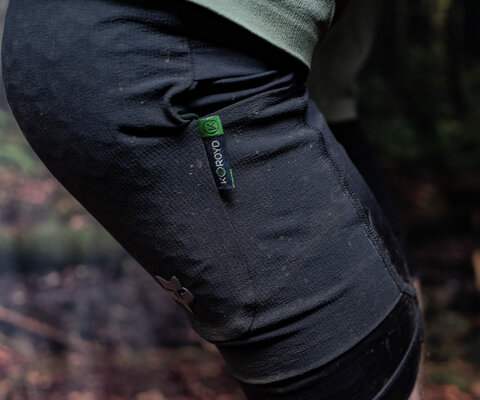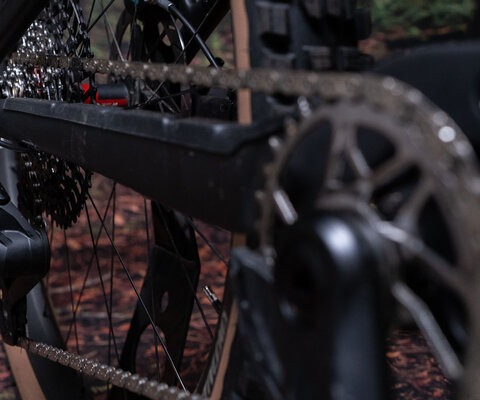
Fit for King Pisgah's Legacy of Dirt
Words and Photos by Kristian Jackson
By the summer of ’93, King was already older than all of us.
His years of working summer camps around Brevard, North Carolina hadn’t quite revealed his age yet, but everyone looked to him for direction. Most saw his athleticism on trails as an unwavering pursuit of adrenaline. But to him, the rowdy trails of Pisgah National Forest were an absolute source of anarchy.
We were poised on one of his days off at the start of Farlow Gap. The trail tumbled a couple thousand undulating feet through steep watersheds to an ancient trout-rearing station. Back then, the trail resembled a trail and not the tumbling, treacherous test piece that it is now. Even then, it was still the most difficult trail around.
“When you get to the crux, be sure to reef the bars real hard,” King said in his low drawl. He was so comfortable in the chaos he could coach the confidence to get you through anything.
“It’s all crux, King,” someone in the group called out. Nobody trusted V-brakes to control the freefall that was sure to ensue. Always the optimist, however, King howled his mentorship creed: “Follow my line and you’ll be fine!”
Back in the early 1990s, King rode those trails with what seemed like ESP. Many attributed this to his bike—his Pro- Flex 752 foretold what was to come, but his raw skill needed no technological crutches. By this point, King had already made ascents up Farlow on his futuristic rig—the descents were a given.
In those days, the Pisgah National Forest was naked. Trails weren’t signed. You could ride for days without seeing other riders. King earned his title as the “King of Pisgah” from forays into the heart of the forest, armed only with one water bottle and two joints for three days of solid riding. Kayaks always crowned his Ford Econoline in the parking lot. With backup bikes stowed beneath the rig’s futon, King was ready for life untethered. He made an abrupt about face, though, when he traded his prized ProFlex for a Stihl 029 and an old Forest Service Pulaski, the kind with the twisted red adze.
After years of riding all the trails on the map, he caught wind of changes on the horizon and bitterness festered deep in his bones. First, it was the guide books, then the cameras, and then the short cuts. He went underground with his tools and quietly kept the trails running. Some say all the tech had sapped his swagger, and that he wasn’t out front anymore. He told me it was the cameras.
He had warned early on of the code: no pictures. “But no one will help save Pisgah if they don’t know about it,” I argued after my photos had made the rounds. I’d followed him on trails for years and knew his lines like my own, but on that day, he looked at me like I was Sisyphus giving away the goods to betray Zeus.
King gave me that twisted red Pulaski anyway, along with the words, “A trail is what you leave behind.” I sold my camera and started digging for something.
I started building a trail that would make King want to ride again; something rugged yet aesthetically pleasing, sustainable and satisfying. Walking the zone from which King’s Trail would emerge, I catalogued every rock, tree and contour line to ensure the trail would be a testament, not to King, but to raw, unfettered riding. Days of walking became years before a single tool struck dirt. A line fit for King’s Trail already existed. I simply had to uncover it.


